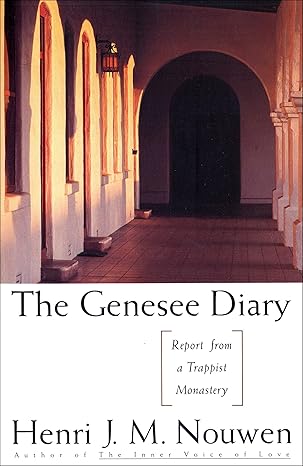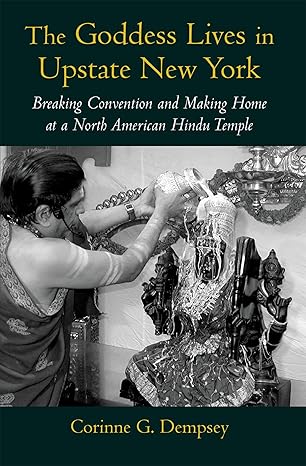On May 31, 2025, danger notwithstanding, I turned off CNN and took the risk of a lifetime: I went to rural America.
There are benefits, you see, to living in the country’s 54th-largest metropolitan area. The drop off, as they say, is steep, meaning a short drive in any direction can land you in perilous territory—that of farmland, shotguns, country music, and Donald Trump voters.
My friend—tinted like me—had suggested an itinerary, and I bid an emotional adieu to my family, knowing if I were to return, it would be as a hardened man.
The first stop—not including the actual first stop for 6 am gas-station coffee—was somewhere near the hamlet of Piffard in Livingston County (Upstate New York). In the 2024 presidential election, Livingston County had voted red by an impressive margin of 21 percent. After Wikipedia informed me that Piffard’s population was a mere 208, my anxiety rose even further.
As my friend drove, I took note of the rolling hills, followed by farmland, followed by…rolling hills. Briefly interrupting the sequence was a salt mine, which mercifully gave way to more farmland.
Eventually, off in the distance, we saw something that didn’t quite fit the pattern, also known as our destination.
There, as it had since 1951, stood the Abbey of the Genesee, home to a small number of Roman Catholic monks belonging to an order known as the Trappists.
After parking, we took a picture of a statue of Mary and Jesus, a large cross piercing the verdant landscape in the background. Then we quietly entered the chapel, just in time for 7 am mass.
Five others joined us in the pews, and we followed their lead, standing when they stood, sitting when they sat, and always maintaining silence. When it came time to receive Holy Communion, we respectfully remained seated.
The 17 monks there that day were of varying ages and backgrounds—the abbot, I learned, was of Indian origin. The abbey had sustained itself for years by making and selling bread, better known as Monks’ Bread.
After mass, we moved from the chapel to the building’s main entrance, where my friend—far more knowledgeable than I on matters of Scripture—explained the paintings, including one of the Annunciation.
Then, as we prepared to exit, we politely said goodbye to a pair of worshippers. Without any warning whatsoever, the goodbye quickly morphed into something completely different—a 30-minute hello. Over the ensuing half hour, we exchanged names, phone numbers, abridged biographies, and simple humanity. And when it was time for the official goodbye, we exchanged something else—hugs.
As we drove away, I breathed a sigh of relief. Our first encounter in rural America—otherwise dangerous, racist, and ignorant, according to those who didn’t live there—was a safe one.
That said, I knew we were far from having cleared all potential hazards.
The next stop, after all, was in a town called Rush in Monroe County, just across the border with Livingston County. With a much larger population of 3,490, it’s the type of town with enough people to ensure that its backwards agenda can be successfully enforced. Its best-known attraction is a short railroad line to absolutely nowhere, a shout out to the area’s ferroequinological past.
On the way to Rush, the endless sea of fields reappeared, dotted occasionally by the stray food-processing plant—Kraft-Heinz and Barilla pasta to be exact.
As nothing continued to give way to more of nothing, we finally spotted our landing place—a Hindu temple.
The Sri Rajarajeswari Peetam had been founded decades earlier by a non-Brahman, and the temple had gained recognition among religious scholars for its unconventional approach to Hindu worship.
All—including women and children—were welcome to conduct pujas (worships), not just priests.
Furthermore, adorning the walls were a few items of curiosity:
- Jesus on the cross
- A picture of Buddha
- Verses from the Quran
- A Star of David
I learned that local farmers would make their cows available for special functions, and many in the community would stop by to learn and/or satiate their curiosity. Of course, it wasn’t all rainbows and sunshine—is it anywhere?
After noting new faces, a man who had been leading a prayer greeted us. Upon hearing our professions, he enthusiastically discussed the overlap between ancient rituals and the discoveries of modern science. He specifically pointed us to a book about the striking connections between ancient Vedic literature and current knowledge in human physiology.
He kindly asked us to stay for the always-free lunch, but as suburban duties beckoned, we headed north from rural America back to areas of greater population density.
Later, as the day came to an end, I took a moment to reflect on what I had seen.
I decided that I didn’t want personal experience, others’ first-hand accounts, or reality to cloud my judgement. I didn’t want to question, in other words, the people who knew how rural America really worked.
So I put my day’s purchases aside, and—ready to learn the truth—I turned back on CNN.


2 Responses
Intriguing experience
Absolutely. A drive south of Rochester reveals all sorts of quirks.